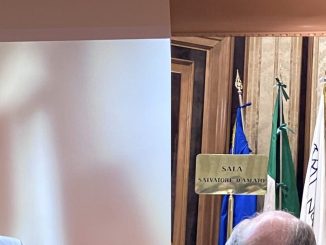
Use AI to serve creativity not the other way around: ABU-RAI Days
“Be courageous and experiment with ways to support creativity,” said Rai’s Head of PMO, Annalisa Polcino. “Use AI technology to serve creativity and not the other way around.”This was the advice given in the session titled, Truth and Trust: Preserving identity and creativity in the world of AI, at the ABU-Rai Days conference in Naples where a panel of experts explored the topic.Moderator Olya Booyar, The ABU’s Head of Radio, said that important concepts of how trust and truth are viewed by panel members have lead them to push the boundaries in different ways. Polcino explained how the AI market was transforming investment opportunities, with the United States leading with $348.9 billion invested, followed by China with $95.1 while Australia invested $3 ahead of Spain at $1.8. (source: Netbase Quid, 2022 I Chart: 2023 AI IndexReport).The five main companies (Google, Amazon, Apple, Meta, Microsoft) dominate western technology and this investment represents an amount that is the 13th largest economy in the world. In the chessboard of innovation Polcino sees the big tech companies as the Kings, slow to react so they rely on their queens, the AI specialised companies, and then the Kings deploy their pawns.Media content giants create large models that can be adapted and reused by other companies for their specific and vertical applications Polcino said Public Service Media need to reflect on the following to determine the best strategy for the organisations transformation.The challenge of AI evolution: Discussing the impact of AI is tricky because of its rapid change.Collaboration with big tech: We can’t compete with Big Tech so let’s leverage their innovations instead. Mastering AI application: The key is to understand how to effectively use AI on others’ businessPSMs focus: PSMs prioritise stability and quality over speed, operating within strict regulatory frameworks to ensure transparency for their users.The following are examples of current projects being undertaken by some of the public service broadcasters on the panel:1. Improving user experience through recommendations and targeted advertisements2. Enriching the content offer by automatic subtitles and audio subscription, plus archive digitisation3. Lightening and accelerating processes of metadata and classification, comparatives, and editing tools4. Enhancing skills by training AI and co-pilot in a test phase […]





